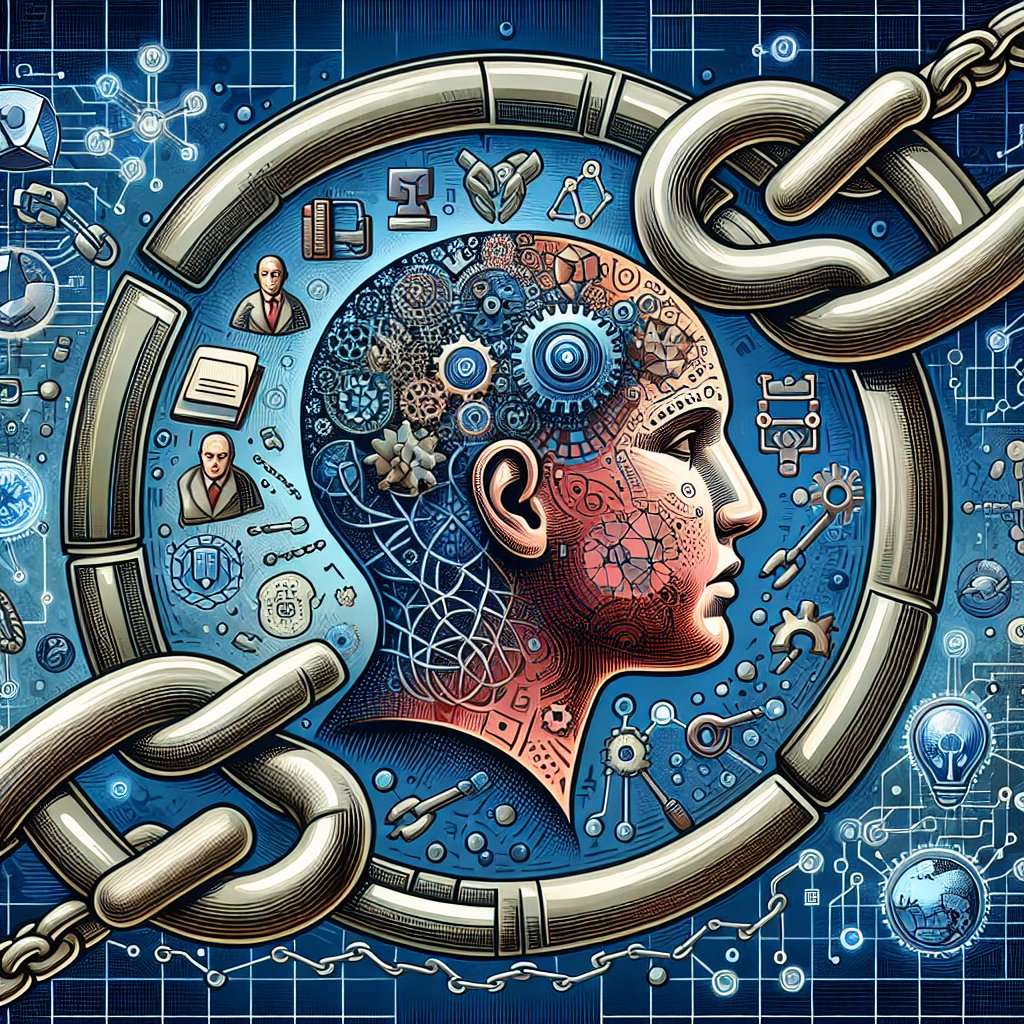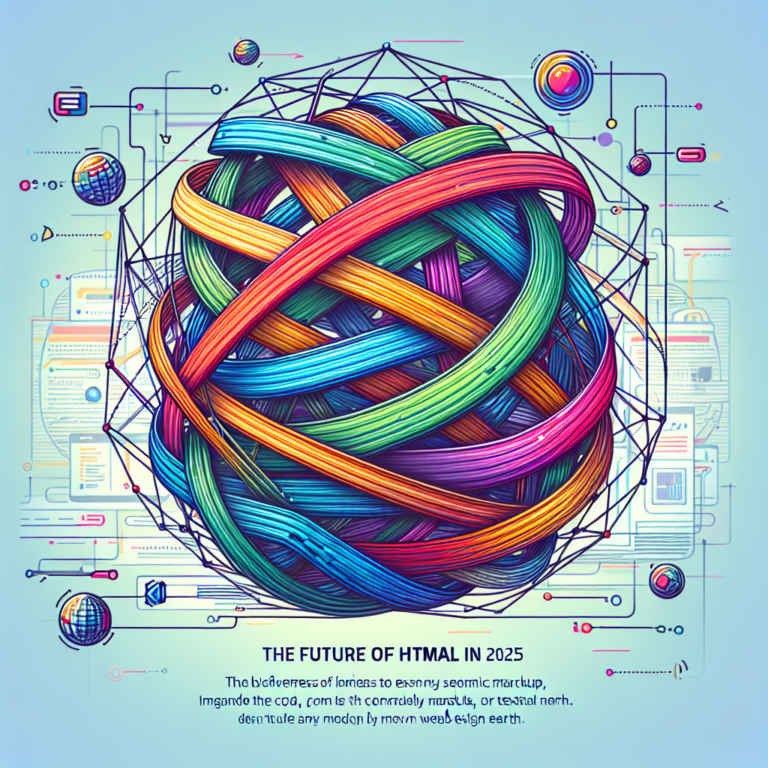LangChain and Retrieval-Augmented Generation (RAG) are two cutting-edge technologies in the field of natural language processing (NLP) that have gained significant attention in recent years. LangChain is an open-source framework designed to help developers build and deploy language models, while RAG enhances the model’s capabilities by integrating external knowledge sources. In this article, we will delve into the basics of both technologies and guide you through getting started with LangChain and RAG.
What is LangChain?
LangChain is a modular and extensible framework for building language models and applications. It provides a suite of tools and libraries that simplify the process of training, fine-tuning, and deploying language models. Whether you’re a beginner or an experienced developer, LangChain offers a user-friendly approach to working with NLP models, making it easier to focus on your specific project requirements.
Key Features of LangChain
- Modularity: LangChain is built to be highly modular, allowing you to easily swap out components and customize your pipeline.
- Extensibility: The framework supports a wide range of models and libraries, making it flexible for various NLP tasks.
- Community Support: LangChain has a vibrant community of developers and contributors who share resources, tutorials, and best practices.
- Documentation: Comprehensive and well-maintained documentation ensures that you can quickly get up to speed with the framework.
What is Retrieval-Augmented Generation (RAG)?
Retrieval-Augmented Generation (RAG) is a technique that combines the strengths of retrieval-based and generative models. In traditional retrieval-based models, the system retrieves pre-defined responses or documents from a database. In contrast, generative models create new responses based on the input they receive. RAG bridges this gap by first retrieving relevant information from an external knowledge source and then using a generative model to create a contextually relevant and coherent response.
How RAG Works
RAG operates in two main stages: retrieval and generation. During the retrieval stage, the model queries an external knowledge base to find relevant documents or passages. In the generation stage, the retrieved information is used to generate a response that is both accurate and contextually appropriate. This dual-stage process significantly improves the quality and reliability of NLP applications.
Setting Up LangChain and RAG
Before you can start using LangChain and RAG, you need to set up your environment. This involves installing the necessary libraries, configuring your model, and integrating it with an external knowledge source. Follow these steps to get started:
Step 1: Install LangChain
LangChain can be installed via pip, the Python package manager. Open your terminal and run the following command:
pip install langchainOnce installed, you can import LangChain in your Python scripts and start using its powerful features.
Step 2: Choose a Language Model
LangChain supports a variety of language models, including popular ones like GPT-3, BERT, and RoBERTa. You can choose a model based on your specific needs, such as the type of task and the amount of data you have. For beginners, it’s often recommended to start with a pre-trained model to simplify the process.
Step 3: Set Up an External Knowledge Source
To leverage the power of RAG, you need an external knowledge source. This can be a database, a document collection, or even a web API. LangChain provides several options for integrating with these sources, including:
- Elasticsearch: A powerful search and analytics engine that can handle large volumes of data.
- FAISS: An efficient similarity search library that works well with vectorized data.
- SQLite: A lightweight and easy-to-use database for smaller projects.
Choose the knowledge source that best fits your project and configure it according to LangChain’s documentation.
Step 4: Configure RAG in LangChain
LangChain makes it straightforward to configure RAG. You need to specify the retrieval and generation components in your pipeline. Here’s a basic example of how to set up RAG:
from langchain import LangChain, RAG
# Initialize the language model
model = LangChain(model_name="gpt-3")
# Initialize the retrieval component
retriever = LangChain(retriever_name="Elasticsearch", index_name="my_index")
# Initialize the RAG pipeline
rag_pipeline = RAG(model=model, retriever=retriever)With this setup, you can now use the RAG pipeline to generate responses based on both the model’s inherent knowledge and the external knowledge source.
Building Your First RAG Application
Now that you have your environment set up, it’s time to build your first RAG application. Let’s walk through a simple example where we create a Q&A system using RAG and LangChain.
Step 1: Index Your Knowledge Base
The first step is to index your external knowledge source. This involves converting your data into a format that can be queried efficiently. For example, if you’re using Elasticsearch, you might need to create an index and populate it with your documents.
from elasticsearch import Elasticsearch
# Initialize Elasticsearch client
es = Elasticsearch()
# Create an index
es.indices.create(index="my_index")
# Index your documents
documents = [
{"id": 1, "text": "LangChain is a modular and extensible framework for building language models."},
{"id": 2, "text": "Retrieval-Augmented Generation (RAG) combines retrieval and generation to improve NLP models."}
]
for doc in documents:
es.index(index="my_index", id=doc["id"], body=doc)Step 2: Define the Query and Response Pipeline
Next, you need to define the pipeline that will handle user queries and generate responses. This involves setting up the retrieval and generation components and connecting them together.
from langchain import LangChain, RAG
# Initialize the language model
model = LangChain(model_name="gpt-3")
# Initialize the retrieval component
retriever = LangChain(retriever_name="Elasticsearch", index_name="my_index")
# Initialize the RAG pipeline
rag_pipeline = RAG(model=model, retriever=retriever)
# Define the query and response function
def get_response(query):
# Retrieve relevant documents
retrieved_docs = retriever.retrieve(query)
# Generate a response based on the retrieved documents
response = rag_pipeline.generate(query, retrieved_docs)
return responseStep 3: Test Your Application
With your pipeline defined, you can now test your application by passing user queries to the get_response function. Here’s an example:
query = "What is LangChain?"
response = get_response(query)
print(response)The output should be a contextually relevant and accurate response based on the information in your knowledge base and the model’s capabilities.
Advanced Topics in LangChain and RAG
While the basics of LangChain and RAG are straightforward, there are several advanced topics you can explore to further enhance your applications:
1. Fine-Tuning the Language Model
Fine-tuning your language model can significantly improve its performance on specific tasks. You can use LangChain’s fine-tuning capabilities to train your model on a domain-specific dataset. This ensures that the model is better suited to the context of your application.
2. Optimizing Retrieval Performance
The efficiency of the retrieval component is crucial for the overall performance of your RAG application. You can optimize retrieval by fine-tuning the search parameters, using more advanced indexing techniques, or even implementing custom retrieval algorithms.
3. Evaluating and Improving Responses
Evaluating the quality of the generated responses is essential to ensure that your application meets user expectations. You can use metrics like BLEU, ROUGE, and human evaluation to assess the performance of your RAG model. Based on the feedback, you can fine-tune the model and retrieval components to improve the results.
4. Deploying Your RAG Application
Once your application is built and tested, you can deploy it to a production environment. LangChain provides several deployment options, including cloud platforms like AWS and Azure, as well as on-premises solutions. Ensure that your deployment is scalable and secure to handle real-world traffic.
Best Practices for Using LangChain and RAG
To get the most out of LangChain and RAG, follow these best practices:
- Keep Your Knowledge Base Updated: Regularly update your external knowledge source to ensure that your model has access to the latest information.
- Monitor Performance: Continuously monitor the performance of your RAG application and make adjustments as needed.
- Test Thoroughly: Perform thorough testing, including edge cases and unexpected inputs, to ensure the robustness of your application.
- Use Domain-Specific Models: For specialized applications, consider using domain-specific models that are pre-trained on relevant data.
Conclusion
LangChain and RAG are powerful tools for building advanced NLP applications. By combining the strengths of retrieval-based and generative models, you can create highly accurate and contextually relevant responses. Whether you’re a beginner or an experienced developer, the modular and extensible nature of LangChain makes it easy to get started and scale up your projects. Follow the steps outlined in this guide to set up your environment, build your first RAG application, and explore advanced topics to further enhance your skills.
Happy coding and stay tuned for more in-depth tutorials and resources!












